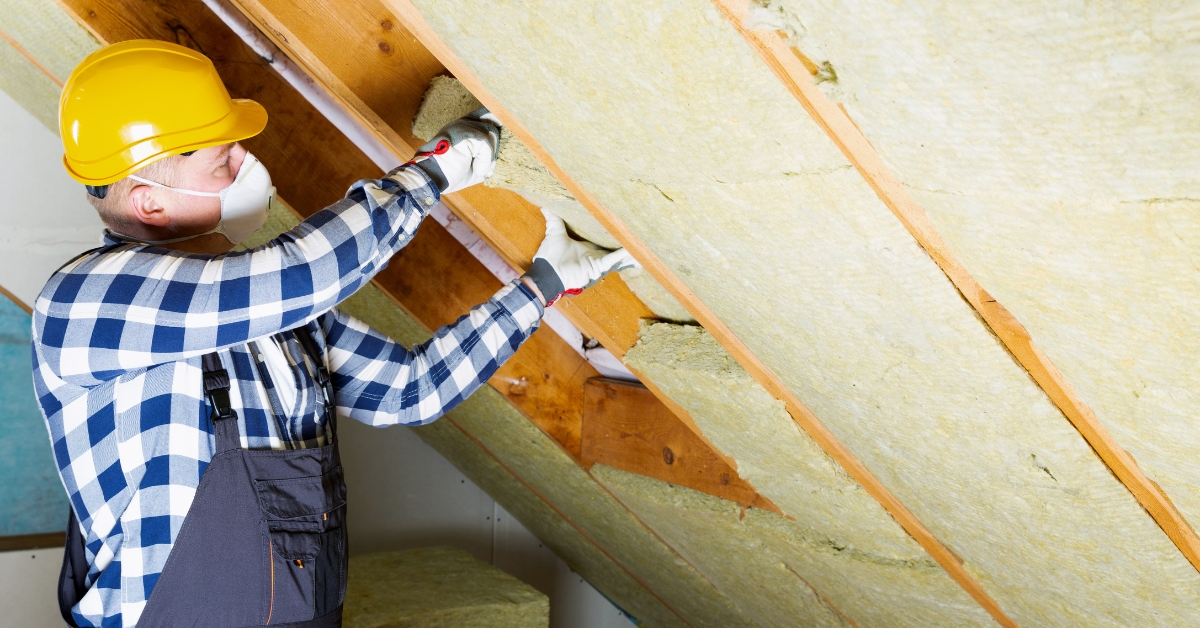Ever wondered why your house doesn’t feel like a freezer in winter or an oven in summer? It’s not just about your heater or air conditioner doing a great job. A big part of that cozy feeling comes from something most people never even think about: insulation batts. They sit inside your walls and ceilings, completely out of sight, but they make a huge difference in how your home feels every day.
What Are Insulation Batts, Anyway?
Insulation batts are thick, soft panels made from materials like fiberglass, rock wool, or recycled fabrics. They’re cut to fit between the wooden or steel frames in your walls, ceilings, and sometimes floors. Their main job is to slow down how fast heat moves in or out of your house. That means warm air stays inside during cold months and outside during hot ones. It’s a pretty simple idea, but it works really well.
If you’re looking to improve how your home holds heat or stays cool, using quality insulation batts is one of the smartest ways to start. They’re easy to install during construction or renovation and can make a big impact without needing any fancy systems or tech.
Why Your Home Needs Them
Most homes lose a lot of heat through the roof, walls, and floor. Without insulation, that warmth just slips out, and your heater has to work harder to keep things comfortable. The same happens in reverse during summer when hot air tries to push its way in. Insulation batts create a barrier that slows all of that down.
And it’s not just about temperature. Insulation batts also help with sound. Homes that have good insulation are quieter because the batts soak up noise from outside and between rooms. Ever notice how some houses feel peaceful even when there’s traffic outside? That’s insulation doing its thing.
Saving Energy (and Money)
When a home is properly insulated, the heater and air conditioner don’t have to run as often. That means less electricity or gas is used, and that means smaller energy bills. It’s not unusual for homeowners to save hundreds of dollars each year just by having the right insulation in place. Over time, those savings really add up.
Plus, when heating and cooling systems don’t have to work as hard, they tend to last longer. So, insulation batts help your appliances stay in better shape, too.
When to Think About Insulation
The best time to add insulation batts is when a home is being built or during a big renovation. That’s when the walls and ceilings are open, and it’s easy to get them in place. But even in older homes, it’s possible to add more insulation. Ceilings and roofs are usually the first places to upgrade because that’s where the most heat escapes.
If some rooms in a house always feel colder or hotter than others, poor insulation could be the reason. And if energy bills are higher than expected, it might be worth checking what’s inside the walls.
What They’re Made Of (And Why It Matters)
Insulation batts come in different materials, and each one has its pros and cons. Fiberglass is the most common. It’s affordable, lightweight, and does a solid job at stopping heat. Some people worry about tiny fibers in the air, but modern fiberglass batts are much safer than older types.
There’s also rock wool, made from melted rock spun into fibers. It’s great for both heat and sound control and doesn’t burn easily, which is a plus for fire safety. Then there are eco-friendly batts made from recycled materials like old jeans or plastic bottles. They’re softer to touch and better for the environment.
No matter the material, all batts are rated with something called an “R-value.” That number tells you how good the batt is at blocking heat. Higher numbers mean better insulation. The right R-value depends on where the house is and how hot or cold it gets.
It’s Not Just for Houses
While most people think about insulation in homes, batts are also used in schools, offices, and shops. Any place where comfort and quiet matter can benefit from them. Builders often rely on batts to meet building rules about energy use and safety. They’re not flashy, but they do their job really well.
In fact, insulation batts are such a normal part of construction that people forget they’re even there. But without them, every building would feel a lot less comfortable—and way more expensive to keep warm or cool.
A Quiet Kind of Protection
Another cool thing about insulation batts is how they help protect your home without anyone noticing. They don’t use electricity, they don’t need updates, and they don’t make noise. Once installed, they just sit there doing their job day and night.
During a heatwave, they stop the sun’s heat from pouring in. During a storm, they help block out the howling wind. During a cold snap, they keep warm air from slipping through the roof. And all the while, they help your home use less energy. That’s a pretty awesome result for something that most people never see.
So, What’s the Takeaway?
Insulation batts might not be the most exciting part of a home, but they’re one of the most important. They help control temperature, save energy, and make rooms quieter—all without needing attention or maintenance. Whether you’re building, renovating, or just wondering why one room feels colder than the others, insulation is worth thinking about.
They’re quiet, simple, and seriously effective—the true hidden heroes behind every cozy home.








Leave a Reply